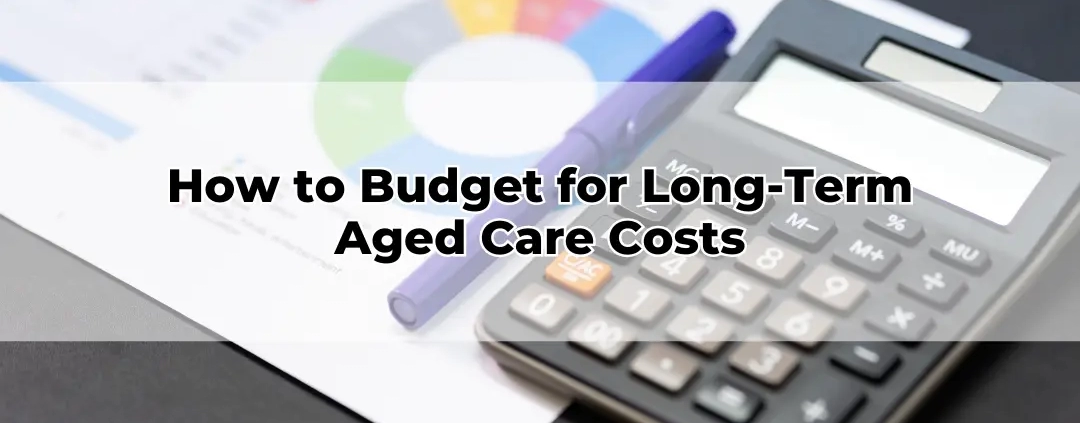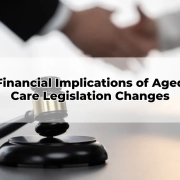How to Budget for Long-Term Aged Care Costs
Table of Contents
TogglePlanning for long-term aged care is a crucial aspect of financial management that ensures individuals receive the support they need without compromising financial stability. A well-structured budget accounts for various care options, government assistance, and potential cost fluctuations. Understanding the components of aged care expenses allows for informed decisions and financial peace of mind.
Understanding Long-Term Aged Care
Long-term aged care encompasses a range of services, from in-home support to residential care facilities. These services cater to varying levels of dependency and medical needs. Costs fluctuate based on care intensity, location, and provider. Grasping the full spectrum of available care options is essential when structuring a budget.
Types of Aged Care Services and Their Costs
Aged care services include home care packages, residential aged care, respite care, and palliative care. Home care allows individuals to remain independent with subsidised support, while residential aged care provides 24-hour assistance. Each service has distinct financial implications, making it imperative to assess long-term affordability.
Assessing Current Financial Resources
A thorough evaluation of existing assets, savings, and income streams forms the foundation of a robust aged care budget. Superannuation, investments, pensions, and personal savings contribute to funding care expenses. Understanding liquid and fixed assets ensures strategic financial planning.
Government Assistance and Subsidies
Australia offers various government programs to alleviate aged care costs. The Aged Care Means Test determines eligibility for subsidies, influencing daily fees and accommodation costs. Exploring Commonwealth Home Support Programs and Home Care Packages helps in maximising financial support.
Estimating Future Aged Care Expenses
Projecting long-term costs requires an analysis of inflation, rising healthcare expenses, and potential changes in government policies. A realistic estimation of future care needs enables proactive budgeting and mitigates financial strain in later years.
The Role of Superannuation in Aged Care Funding
Superannuation serves as a critical funding source for aged care. Withdrawal strategies, tax implications, and account-based pensions play pivotal roles in sustaining care expenses. Proper structuring ensures longevity and efficient utilisation of retirement savings.
Selling Assets to Fund Aged Care
Liquidating assets such as property or investments may be necessary to cover aged care costs. The impact on pension eligibility, taxation, and estate planning must be carefully considered. Strategic asset management prevents unnecessary financial losses and preserves wealth.
Financial Planning for Couples and Families
Couples face unique financial challenges when one partner requires aged care. Balancing household expenses, preserving wealth for the remaining spouse, and navigating Centrelink implications demand meticulous planning. Family discussions and professional advice are key to making informed decisions.
Estate Planning and Aged Care Costs
Aged care budgeting intersects with estate planning, requiring careful consideration of wills, power of attorney, and inheritance strategies. Structuring assets to align with aged care needs ensures financial security while safeguarding family wealth.
Strategies for Reducing Aged Care Costs
Cost-effective approaches include maximising government assistance, selecting suitable care plans, and negotiating fees. Understanding the financial implications of Refundable Accommodation Deposits (RADs) versus Daily Accommodation Payments (DAPs) provides flexibility in financial commitments.
Seeking Professional Financial Advice
Engaging a financial adviser with expertise in aged care ensures personalised strategies and compliance with regulatory requirements. Professional guidance helps navigate complex financial landscapes, optimising resources to sustain quality aged care.
Conclusion
Budgeting for long-term aged care requires foresight, financial discipline, and a strategic approach. Understanding available care options, estimating future expenses, leveraging government assistance, and structuring financial resources effectively ensures financial stability while accessing quality care. With proper planning, individuals and families can secure a comfortable and dignified future.








